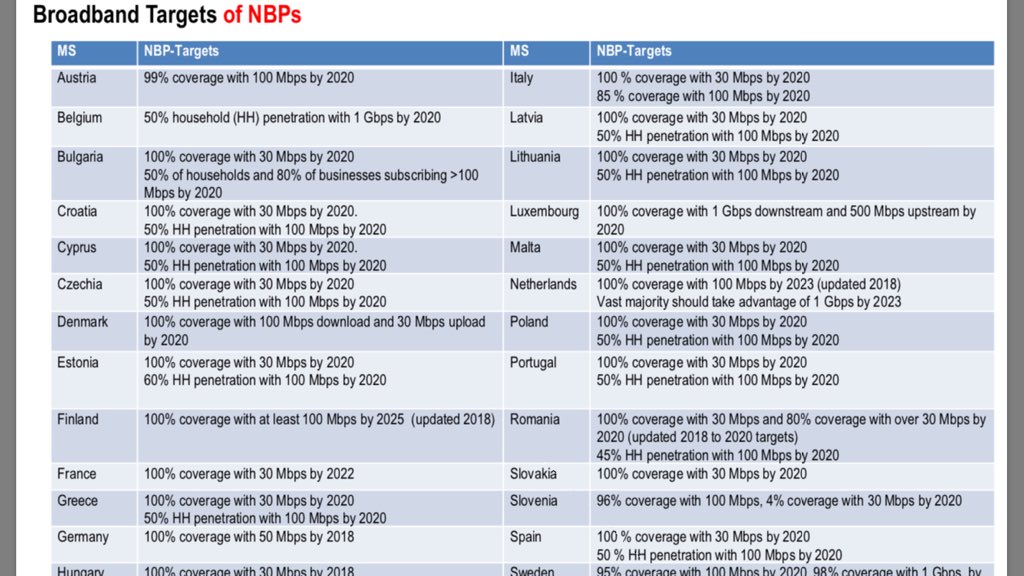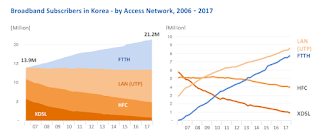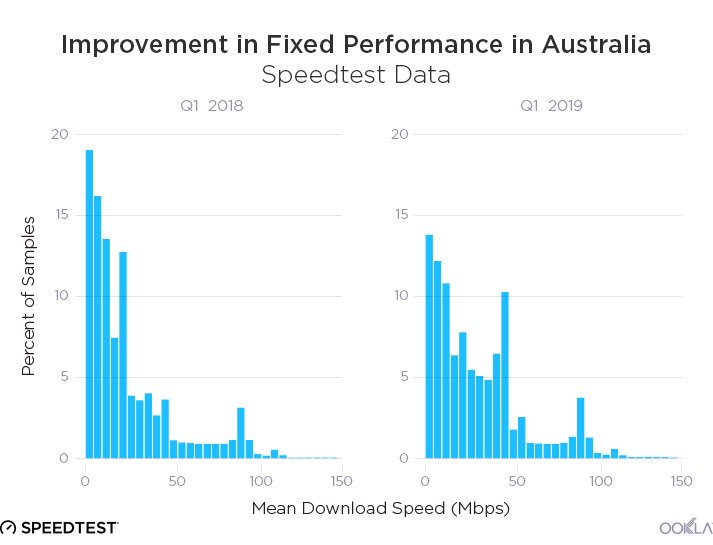- a promise "to deliver free full-fibre broadband to all individuals and business by 2030.... [further we] will aim to deliver free full-fibre broadband to at least 15-18M premises within five years" Link, Nov 16, 2019
- Update: June 2019 report on Internet released (pdf); noting 395.75M Fibre (FTTH - Fibre to the Home, FTTO - Fibre to the Office) connections "accounting for 91.0% of all Internet broadband access users" (p.11) and 77% of broadband subscribers at 100Mbps or over; (p.11), up from 39% at the end of 2017.
 |
| Courtesy: Nick Youngson CC-BY-SA |
UK
UK regulator, Ofcom, reports (Sept 2019, p.9) that 95% of premises can access a 30Mbps broadband (superfast) service, while only 54% can access a 300Mbps (ultrafast) service (about 16M premises). In contrast, Ofcom reports current broadband connection (by technology) Q2 2019 as:- ADSL 8.4M
- Cable 5.3M
- Other (inc FTTx; predominantly Fibre) 13.0M - but full-fibre homes (2018) - 1.8M(Connected Nations, p.1).
The same Ofcom report (International Broadband Scorecard 2018; Figure 1.26) notes that at the end of 2017, Japan has 98% full-fibre coverage, and Korea over 99% full-fibre coverage (Source: IHS MARKIT), and (Figure 1.27), meaning that close to 100% (98-99%) of households in Japan and Korea have access to the fastest broadband (over 300Mbps). China is reported having 45% of households who can access similar (ultrafast) speeds (US 61%, NZ 70%, DE 34%, AU 0%; Figure 1.27, Fixed Broadband coverage by advertised speed). In Figure 1.29, the percent of broadband connections over 100Mbps (end 2017) is reported, including Korea (76%), Japan, (74%), Sweden (78%), US (28%), China (14%), UK(14%), NZ (11%), AU (3%), among .
Interactive data is also available (full-screen required) providing international comparison.
China Fibre Broadband (2019)
 |
| Fig 11 Scale and Proportion of Fibre Broadband Users - CNNIC China Internet Statistics 6.2019, p.11 |
 | |
| Fig 10 Proportion of Subscribers of Broadband at the Speed of 100Mbps or above - CNNIC China Internet Statistics 6.2019, p.11 |
The Labour Party says the UK is falling behind in broadband, with only 8-10% of broadband users accessing full-fibre services, which they compare unfavourably to Japan (97%) and South Korea (98%). These percents turn out to be percent of households with access to, rather than subscribers of, fibre broadband. Japan has 60% households connected to full-fibre, whereas South Korea has 40% or 80% connected to fibre, depending how you classify one type of common Korean broadband connection.
South Korea
My previous examinations (NBN Future 2) of South Korea, showed in 2017 only around 40% on full-fibre, with 25% still on HFC and ADSL. A significant category called LAN, is likely to be FTTB (connecting the basement of residential buildings to fibre, and using LAN to distribute broadband within the building), had around 40% of broadband subscribers. Even if LAN and FTTH were both counted (about 80%), the total is substantially lower than the 98% the Labour Party suggests.Recapping (Netmania), South Korea's broadband connections (2017) consist of:
- LAN (presumably FTTB): 8.6M (40%)
- Fibre to the Home: 7.7M (36%)
- HFC: 4.0M (19%)
- DSL: 0.9M (5%)
Japan
The Japan Statistics Organisation - Statistics Bureau of Japan reports on telecommunications including fixed broadband services, for their 53M private households (Link, Ch. 2). The 2019 Statistical Handbook of Japan reports total 41M fixed-broadband subscribers (Table 8.6. Subscribers to Telecomms Services (2018), p.93 - totals to 42M, strangely):- Fibre to the Home: 30.3M (72%)
- Cable Internet (HFC presumably): 6.9M (16%)
- DSL: 2.1M (5%)
- ISDN: 2.9M (7%)
China
What the Labour Party seems to be missing, is that while the UK is far behind Japan and South Korea, the UK is also substantially falling behind China. China's 395M full-fibre connections (Fig 11 above) is a significant proportion (86%) of their 456M total households (Wikipedia). Not only are fibre connections in place, but there are subscribers using the services, and 77% of those subscribers are consuming broadband at 100Mbps or more. In Summary, China's broadband is:- Fibre to the Home/Office: 395M (91%)
So, the UK is looking ahead to a broadband future, where everyone is connected in 2030 to full-fibre (and 60-70% within five years; that is 15-18M households of total 26M; Wikipedia). Japan is 60% full-fibre connected there now (but every house can access fibre, per Ofcom). Korea is 80% full-fibre connected there now (if you count FTTB as full-fibre, only 40% if you don't). But China is close to already fully connected with close to 90% already on full-fibre, and with the result that nearly 80% of subscribers are using broadband at speeds at or above 100Mbps.
In contrast, Australia reports to OECD (end 2018), 0% broadband users at speeds at/above100Mbps (NBN Future 1).












